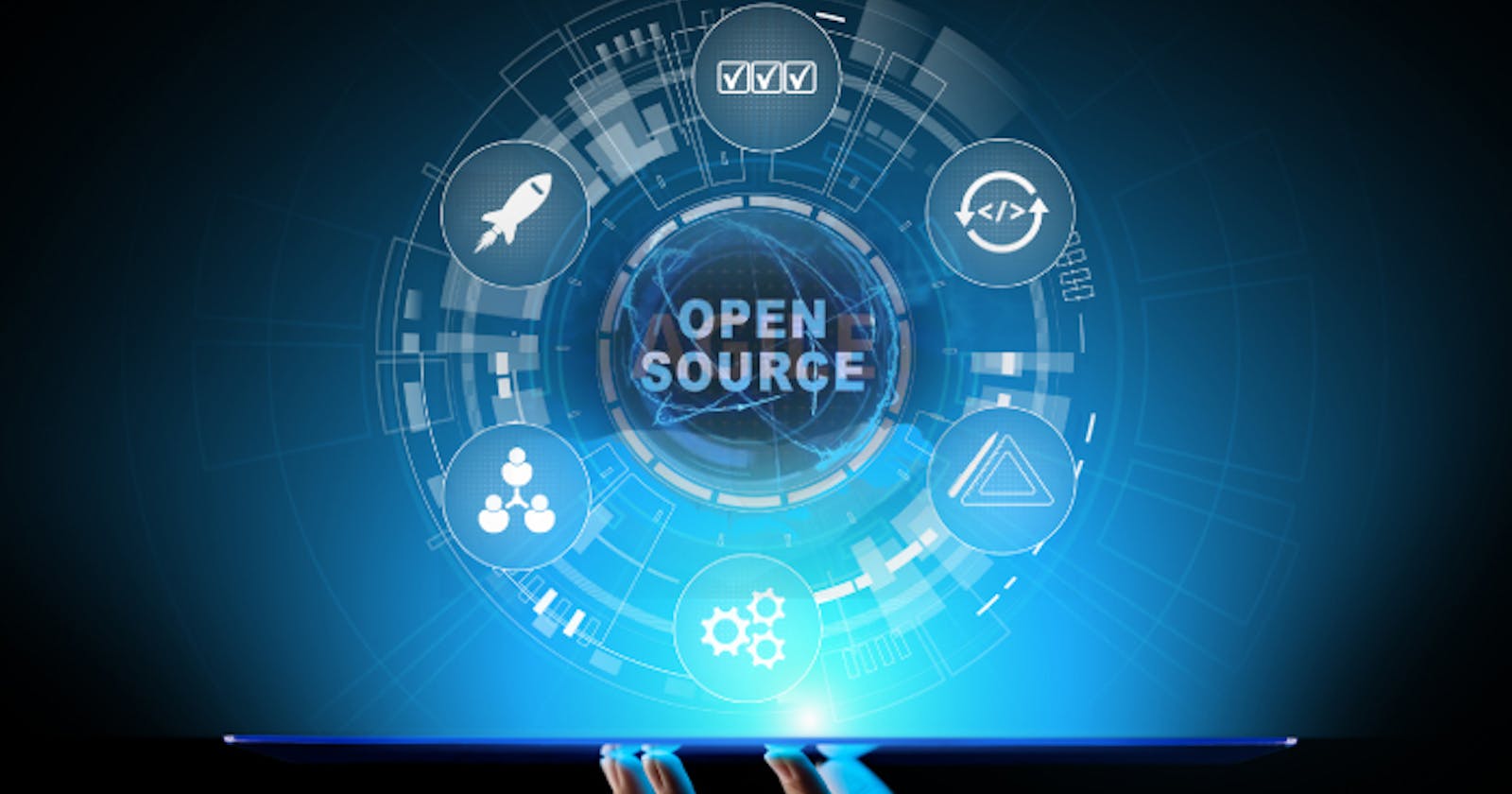Introduction:
Curious about contributing to open-source projects using Git and GitHub? Let's dive into the world of collaboration, coding, and community building in the realm of DevOps and open source.
Unraveling the Open-Source Ecosystem
Open source is not just about sharing source code; it's a global collaboration where developers can contribute, learn, and innovate. These projects are often community-driven, allowing developers to work on real-world challenges and improve software for everyone.
Exploring GitHub's Treasure Trove
GitHub's explore feature offers a gateway to a plethora of trending repositories spanning a wide array of technologies and domains. From popular frameworks to cutting-edge tools, this platform provides an avenue for aspiring contributors to find projects that align with their interests and skills.
Embarking on the Contribution Journey
To contribute to open-source projects, you need to pick a project, delve into the codebase, identify issues, and propose solutions. Understanding and adhering to the project's contributing guidelines are pivotal for a seamless contribution experience.
Decoding Git Essentials
Familiarizing yourself with fundamental Git commands, such as clone, fork, commit, and push, lays the groundwork for effective collaboration. These commands enable you to create your local copy, sync changes, and contribute without directly altering the main project.
Navigating the Contribution Workflow
Once you fork a repository, you possess the autonomy to make changes within your copy. However, it's essential to understand that you need to create a pull request to propose your changes to the original project. This process ensures that the project maintainer can review and integrate your contributions.
Mastering the Art of Pull Requests
Crafting concise and descriptive commit messages is crucial for effective collaboration. By adhering to contribution guidelines and creating dedicated branches for your work, you can enhance the clarity and organization of your pull requests.
Securing Your Contributions
Ensuring the security of your contributions involves setting up your personal access token for authentication. This step empowers you to push your changes and create pull requests securely, safeguarding your contributions to the open-source community.
Merging Change for Good
Brace yourself for the final lap as you prepare to create a pull request. Following the project's guidelines, including referencing relevant issue numbers, magnifies the visibility and relevance of your contributions, streamlining their integration into the main project.
In-short,
Choosing a Project: Pick a project that interests you.
Understanding the Code: Look at the code, find issues, and offer solutions.
Using Git Basics: Learn essential commands like clone, fork, commit, and push to manage your contributions.
Making Changes: Once you fork a project, make changes in your version.
Creating Pull Requests: Share your changes by creating a pull request for the project owner to review and accept.
Tips for Effective Contributions:
Writing Clear Messages: Use descriptive messages when submitting changes.
Ensuring Security: Set up personal access tokens for secure contributions.
Following Guidelines: Adhere to the project's rules for smoother integration of your changes.
Final Steps:
Preparing Pull Requests: Get ready to submit your changes following the project's instructions.
Enhancing Visibility: Reference relevant issues to increase the visibility of your contributions.
Conclusion:
The open-source realm teems with opportunities for developers to hone their skills, collaborate with peers, and make substantive contributions to the global tech community. By embracing Git and GitHub as your allies, you can embark on a fulfilling journey of continuous learning and impactful collaboration.

